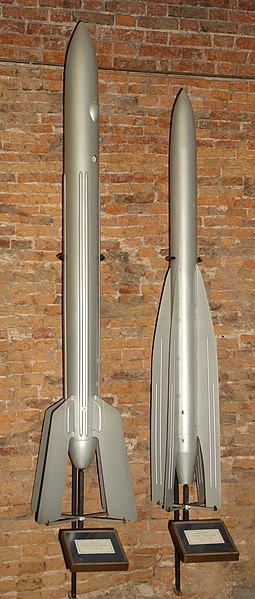The Long March 6 or Chang Zheng 6 as in pinyin, abbreviated LM 6 for export or CZ 6 within China, is a Chinese liquid-fuelled launch vehicle of the Long March family, which was developed by the China Aerospace Science and Technology Corporation (CASC) and the Shanghai Academy of Spaceflight Technology (SAST). The rocket was developed in the 2000s, and made its maiden flight in 2015. As one of the new generation rocket family, the Long March 6 was designed to be a light capacity, "high-speed response" rocket, complementing the heavy lift Long March 5 and the mid-heavy lift Long March 7 rocket families. It is capable of placing at least 1,000 kg (2,200 lb) of payload into a Sun-synchronous orbit. The first stage of the Long March 6 was derived from the booster rockets being developed for the Long March 5 rocket. It is powered by a YF-100 engine, which generates 1,340 kN (300,000 lbf) of thrust from burning kerosene and LOX as rocket fuel and oxidiser. This was the first flight of the new engine design.

Maiden flight of Long March 6 rocket
Long March 6 model with launch pad umbilical arm
A liquid-propellant rocket or liquid rocket utilizes a rocket engine burning liquid propellants. (Alternate approaches use gaseous or solid propellants.) Liquids are desirable propellants because they have reasonably high density and their combustion products have high specific impulse (Isp). This allows the volume of the propellant tanks to be relatively low.
Bipropellant liquid rockets are simple in concept but due to high temperatures and high speed moving parts, very complex in practice.
The NMUSAF's Me 163B Komet rocket plane
Titan II
Rocket 09 (left) and 10 (GIRD-09 and GIRD-X). Museum of Cosmonautics and Rocket Technology; St. Petersburg.






